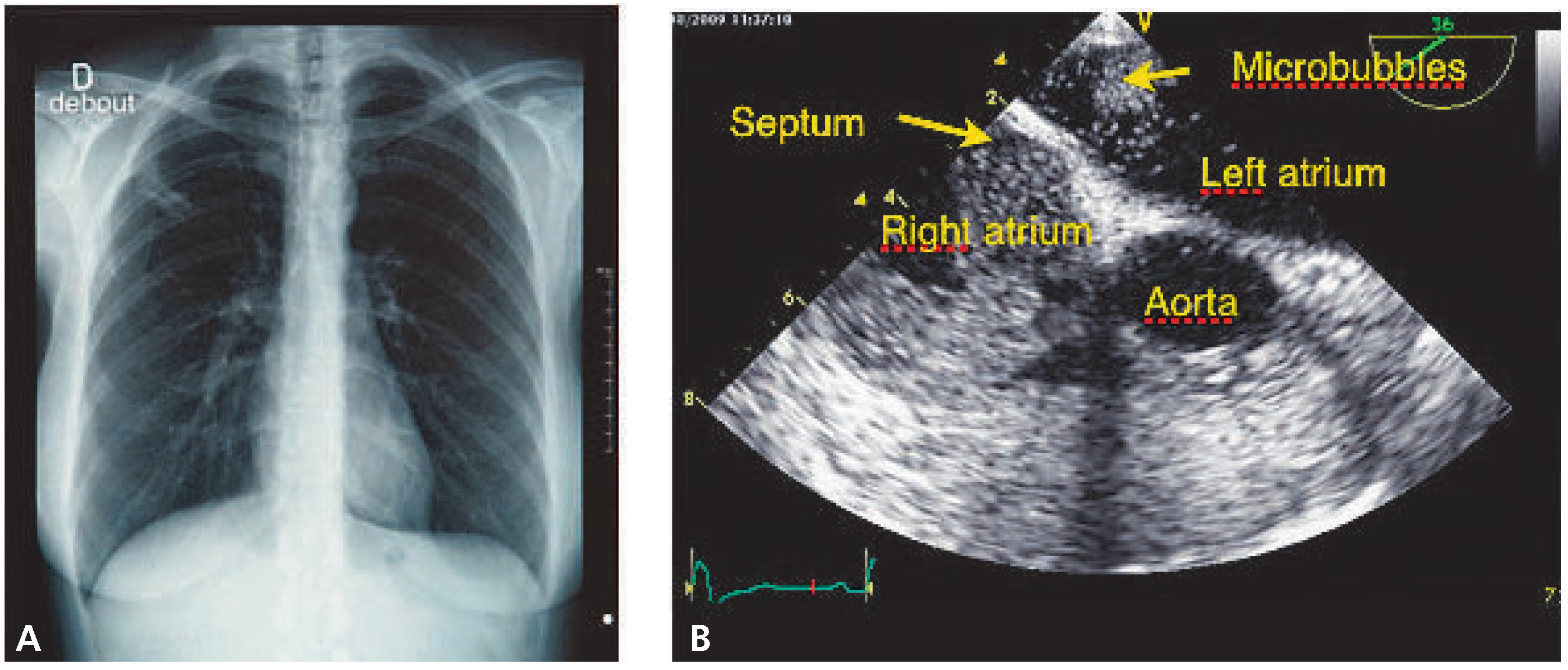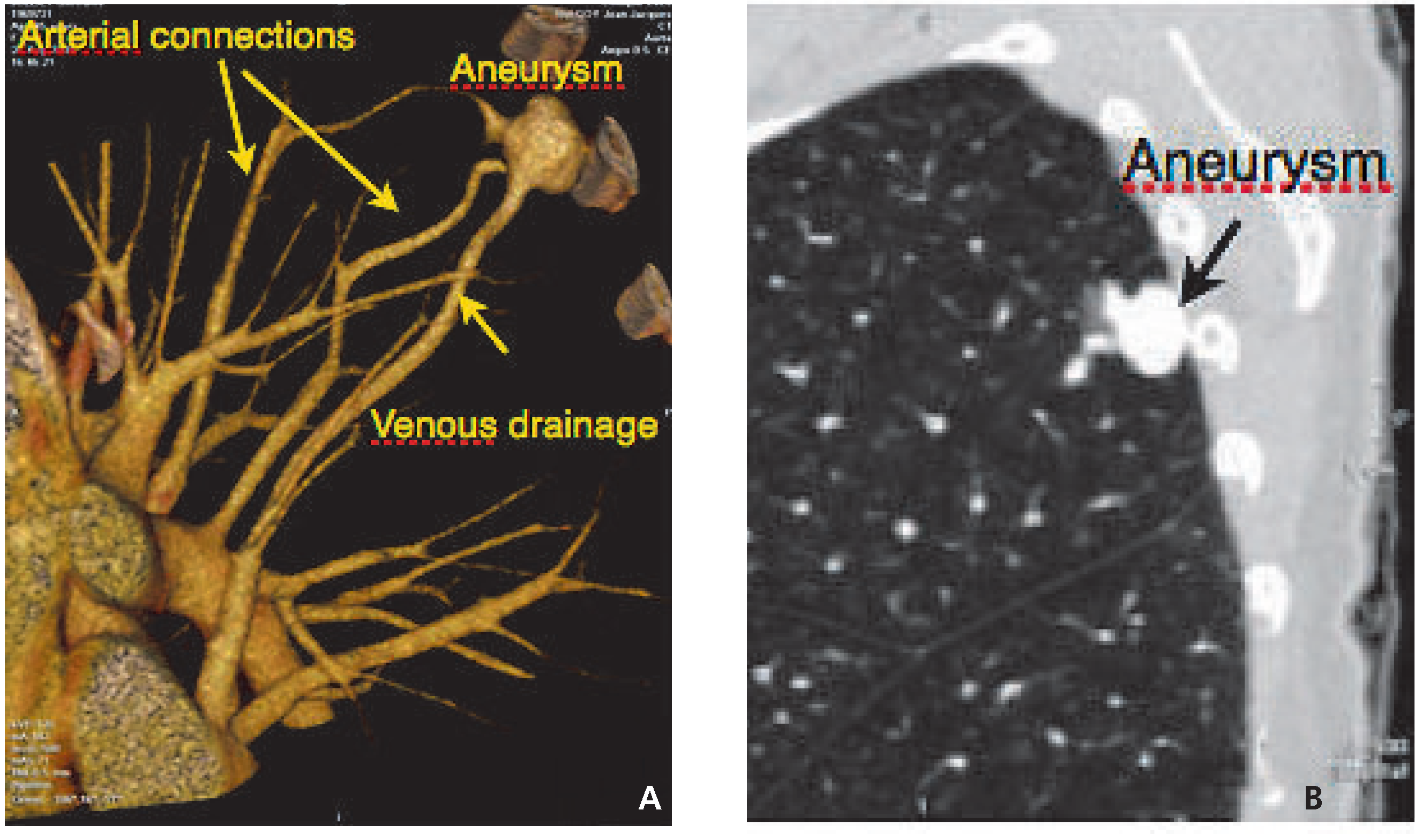Stroke and Pulmonary Opacity


© 2010 by the author. Attribution - Non-Commercial - NoDerivatives 4.0.
Share and Cite
Goy, J.-J.; Poncioni, L.; Monnier, P.; Perret, F.; Wellinger, J. Stroke and Pulmonary Opacity. Cardiovasc. Med. 2010, 13, 318. https://doi.org/10.4414/cvm.2010.01530
Goy J-J, Poncioni L, Monnier P, Perret F, Wellinger J. Stroke and Pulmonary Opacity. Cardiovascular Medicine. 2010; 13(10):318. https://doi.org/10.4414/cvm.2010.01530
Chicago/Turabian StyleGoy, Jean-Jacques, Laurent Poncioni, Patrick Monnier, François Perret, and John Wellinger. 2010. "Stroke and Pulmonary Opacity" Cardiovascular Medicine 13, no. 10: 318. https://doi.org/10.4414/cvm.2010.01530
APA StyleGoy, J.-J., Poncioni, L., Monnier, P., Perret, F., & Wellinger, J. (2010). Stroke and Pulmonary Opacity. Cardiovascular Medicine, 13(10), 318. https://doi.org/10.4414/cvm.2010.01530



